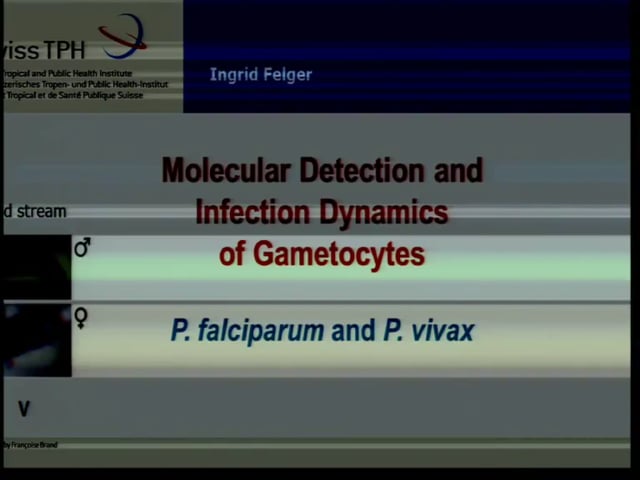Last Updated: 01/09/2025
Understanding the dynamics and infectivity of low-density asymptomatic malaria carriage in low and moderate endemic settings in Ethiopia – are they challenges for malaria elimination?
Objectives
The main objective of this project is to determine the extent and infectiousness of asymptomatic Plasmodium infections in different transmission intensity and co-endemicity settings of Ethiopia.
This project includes several specific aims:
- To assess the prevalence of asymptomatic infections in Ethiopia using molecular diagnostics
- To quantify parasite and gametocyte densities among asymptomatic infections using highly sensitive quantitative molecular tools
- To assess serological responses against P. vivax and P. falciparum in a setting selected for malaria elimination following a major scale-up of control efforts in Ethiopia
- To compare the relative susceptibility of wild-caught and colony An. arabiensis mosquitoes in membrane feeding experiments
- To determine the relative infectiousness of symptomatic and asymptomatic P. vivax and P. falciparum infections in a low endemic setting in Ethiopia
- To assess clustering and genetic relatedness of asymptomatic infections around passively detected P. vivax and P. falciparum patients
- To determine the prevalence of G6PD deficiency in different settings in Ethiopia using phenotyping and genotyping tools
Ethiopia has enjoyed a notable decrease in malaria incidence and mortality in the last decade. However, this success faces challenges from the possible presence of asymptomatic submicroscopic carriers in the wider population. Previous reports indicated a variation in the infectiousness of asymptomatic Plasmodium parasite carriers between settings; revealing that low-density infections are important contributors to transmission maintenance in a transmission setting and species-dependent manner.
Apr 2014 — Mar 2018


